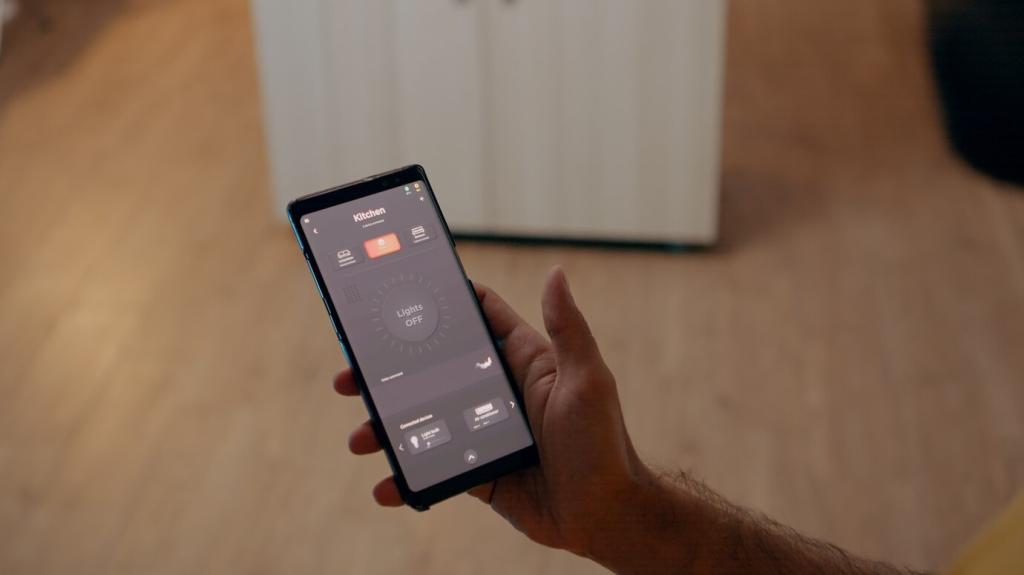How IoT Powers Smart Charging Networks
Current sensors, temperature probes, occupancy detectors, and energy meters feed live data about every connector. This telemetry helps operators balance loads, predict issues, and shorten queues, while drivers benefit from accurate availability, trustworthy uptime, and fewer frustrating surprises on the road.
How IoT Powers Smart Charging Networks
Standards like OCPP 1.6 and 2.0.1 connect chargers to backends, while OCPI and OICP enable roaming between networks. MQTT or HTTPS moves messages efficiently, ensuring stations, apps, and grid services collaborate securely, reliably, and at scale without proprietary lock-in.
How IoT Powers Smart Charging Networks
IoT data powers digital twins—virtual replicas of sites that simulate traffic, weather, and demand. Operators test configurations before deploying, reducing costly mistakes. Share a scenario you want modeled, and we may feature a digital twin walkthrough in an upcoming post.









